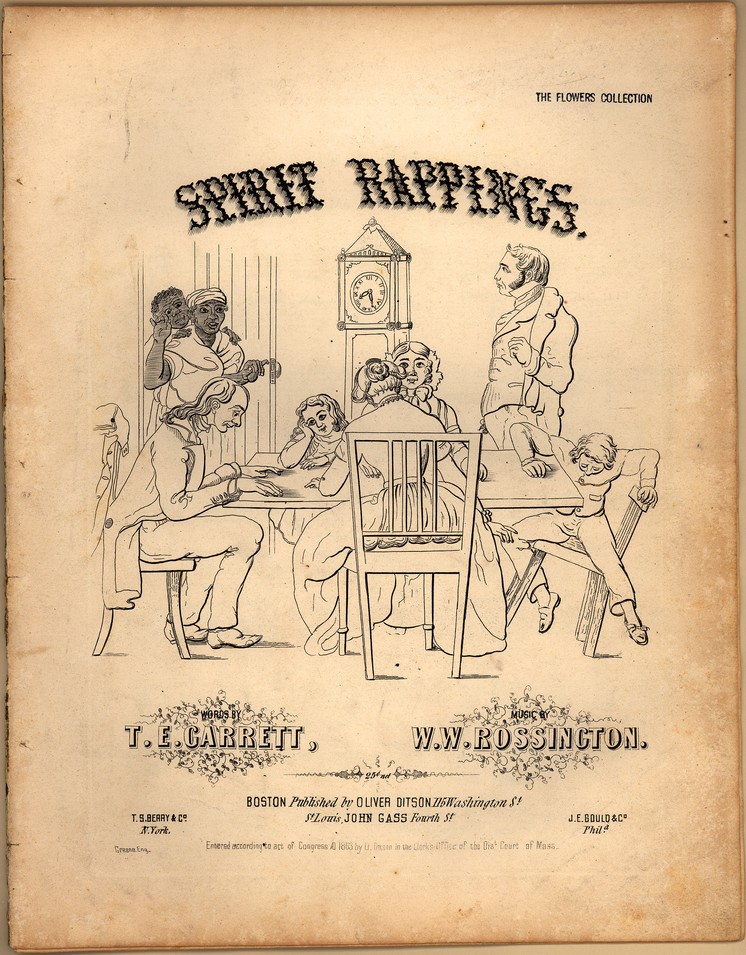This post is a recording of a fast and furious guitar performance of a fiddle tune called “Kiss My Lady” which was transcribed in 1800 (or so) by a ship’s musician named William Litten.
Musically I wanted something energetic and raw. I didn’t care about mistakes except if they were bad enough to really mar the listening. The final performance definitely has mistakes, and both my dogs got into the action by barking.It usually takes me a lot of takes to get something with the right feel and no fatal mistakes. In this case I did a few takes a day for a few days before I got one I liked.
I don’t have sheet music for this because I got it from a book which is not online. Here’s the story.Litten was employed as a ship’s musician, and along the way he wrote down a lot of music. I think that this was more like a notebook to aid his memory than a book for the public. His manuscript was brought home to Martha’s Vineyard, an island off the coast of Massachusetts, by a local guy named Allen Coffin. The Martha’s Vineyard economy was based on fishing, sailing, etc, until it became a touristy beach destination in the late 20th century, and Coffin was probably on the ship with Litten. The manuscript ended up in the library of the historical society in Edgartown, the biggest town on the island.
In the 1970s a musicologist named Gail Huntington copied it into more readable notation, made some corrections and other tidying up, cross-referenced the songs in contemporaneous publications, and eventually published it. Her publication is copyright 1977 by Hines Point Publishers, Vineyard Haven, Massachusetts 02568. This was either self-publishing or a very small-time operation.
Here’s a description of the situation by somebody else familiar with the book:
William Litten was a ship’s fiddler in Royal Navy in the first years of the nineteenth century. What makes Litten remarkable amongst his peers was his ability to transcribe music. In the years 1800 to 1802 he was aboard the HMS Gorgon, leaving England in May 1800, arriving in China in February 1801 and passing through St Helena in 1802. During the voyage he wrote down much of his repertoire, thus giving us a unique snapshot of the musical and, in particular, the fiddle repertoire of his time. The original and now unprocurable book was assembled and published in 1977. Extensive searches failed to find the publishers. The book was reproduced from a copy on interlibrary loan from New Mexico for the purposes of study at a a workshop at the National Folk Festival in Canberra in 2006. A few copies remain and are offered here.
The copyright situation of the sheet music is messy. Huntington’s substantive contributions to the original entitle her to a copyright on her contributions. However figuring out what is a copyrighted addition and what is a public domain part of the original is totally up in the air. Since she and her publisher seem to have disappeared, this has turned into an orphaned work. The good news is that a public domain performance of the underlying composition and arrangement is completely legal as far as I can tell.
My own copyrights in these recordings are released under the terms of the Creative Commons Attribution-ShareAlike 3.0 license per my boilerplate licensing statement.
Direct audio file links
These are the real keepers:
Kiss My Lady sept 23 2007 (mp3)
Kiss My Lady sept 23 2007 (vorbis)
These are scratch recordings that I figured might be handy for sampling or comparison:
Kiss My Lady sept 20 2007 (mp3)
Kiss My Lady sept 20 2007 (vorbis)
Kiss My Lady sept 21 2007 (mp3)
Kiss My Lady sept 21 2007 (vorbis)
.png)
.png)
.png)
.png)



 Lucas Gonze — Ella Waltz
Lucas Gonze — Ella Waltz

